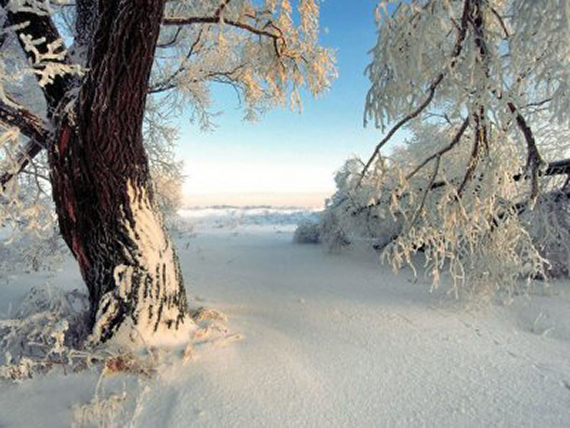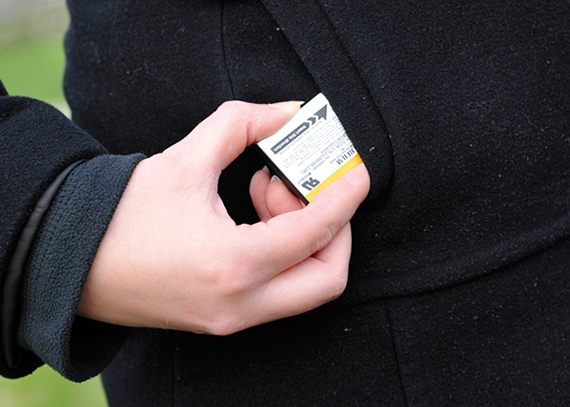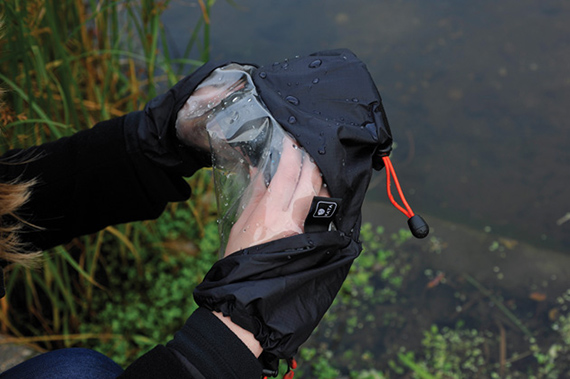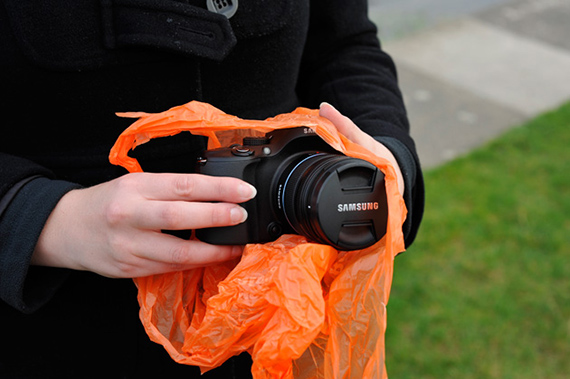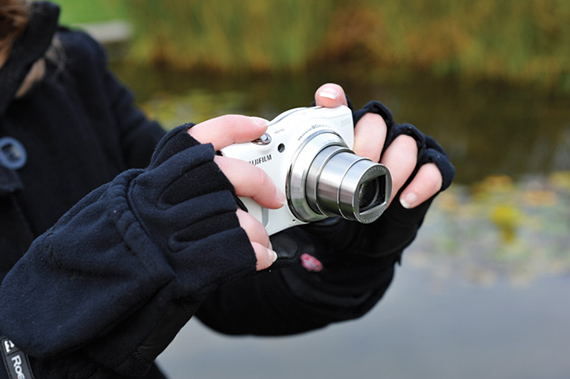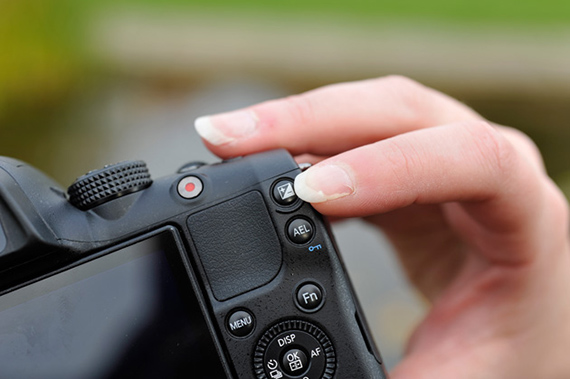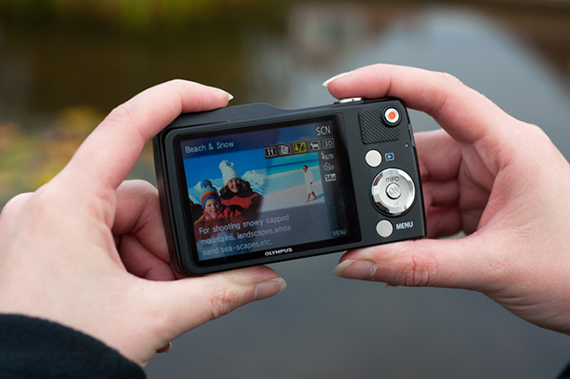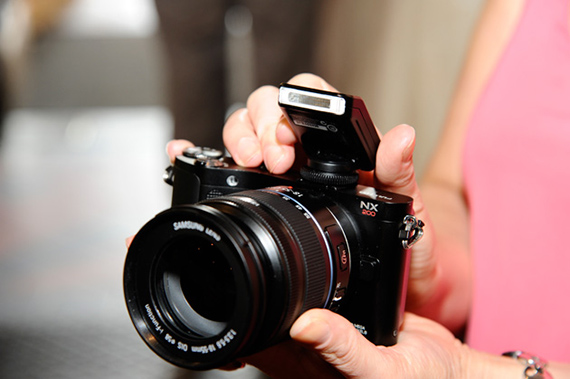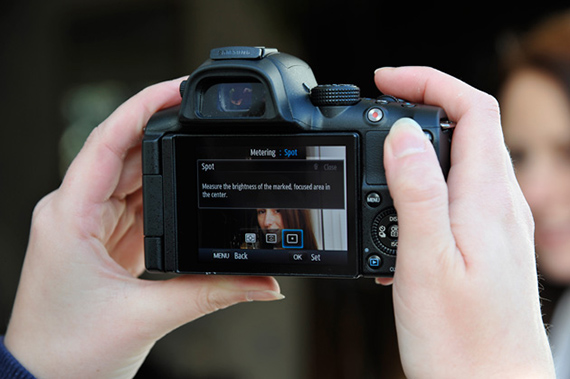As the weather turns colder, you shouldn't be tempted to put your camera away until the sun returns. The winter months present some fantastic photo opportunities, of pictures snowy landscapes and festive portraits or capturing frozen wildlife with the macro, etc. However, shooting in snow, wind and rain can present some problems, and you have to take good care of yourself and your camera before you get amazing images. Here are some tips to deal with these common problems so you can keep shooting all winter long. Today I bring you, Tutorial: 9 Tips for Shooting in Winter.
Here are some tips to make it easier for you to take your photos in winter and even in the snow. In a previous post 5 useful photography tutorial sites for beginners, I leave you several very useful tutorial sites.
Keep the battery warm
Your camera's battery runs out of charge more quickly in cold weather, and it is a good idea to keep it in a warm place, like your pocket, until you need it to operate the camera and start shooting. Spares too, so you don't have to pack up and go home before you're ready.
Stay dry
Rain and snow can damage your camera, so invest in a waterproof cover and place it in a clear plastic bag to keep it safe and dry. Also, try to carry your camera using a safety strap to prevent it from falling into puddles or snow.
Avoid condensation
When taking pictures in cold climates, avoid breathing into the camera's LCD screen or viewfinder, as this will cause condensation that could freeze and damage the camera. So before moving the camera back to warm, wrap it in a plastic bag to prevent condensation from forming.
Wear fingerless gloves
Although large gloves or mittens will keep your hand warm, you will have to remove them every time you need to change the camera settings. Fingerless gloves will allow you to control the camera, while still keeping your hands warm. If you have a camera with a touch screen, you can also buy special touch gloves that still allow you to interact with the screen.
Correct the exposure
Taking pictures in the snow can sometimes confuse your camera as it can confuse bright white snow from overexposure and darken your photos to compensate. This will make the snow on your plane look dull and gray. To counteract this, set the camera's exposure compensation to 1 or 2 on the exposure dial to brighten up your photos. and keep the snow looking white.
Use a scene mode
Many cameras have a special snow scene mode that will optimize the camera settings for shooting scenes in the snow. If your camera won't allow you to set the exposure manually, use this scene mode to capture the shiny white snow.
Flash
If you are shooting a subject in front of bright white snow, it can make the subject appear underexposed. Try using the flash to illuminate upward, or if you're shooting a portrait, use a reflector to bounce the light reflected from the snow off the subject's face.
Spot metering
Alternatively, you can set your camera to spot metering mode and tell your camera to meters from your model in the snow. This should make the model appear lighter in the photo.
White balance
Sometimes snow in photos can turn blue. This is a white balance problem and can be easily corrected by setting the camera's white balance mode to the shade. This will serve to warm up your photo and get the snow looking for targets again.
More information - 5 useful photography tutorial sites for beginners
